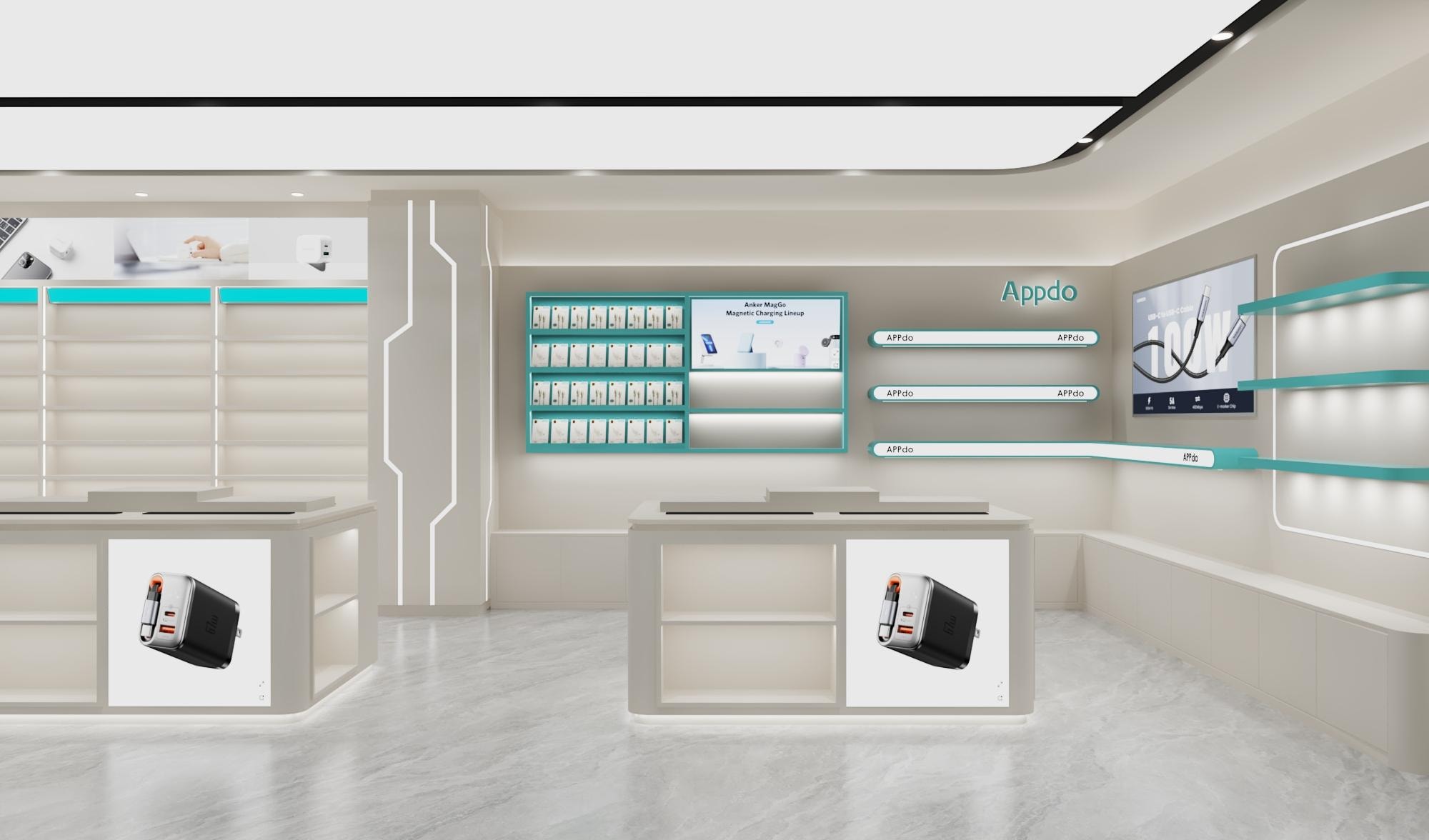
Discussion on the Use and Commercial Value of Mobile Phone Charging Stations
Updated on September 22, 2025
Being out and about with a suddenly dead phone—unable to make Scan the QR code payments, navigate, or contact friends and family—is one of the most common “outdoor crises” for people today. The emergence of phone charging stations has serendipitously become a timely solution to ease battery anxiety. Whether in shopping malls, scenic spots, office buildings, or residential communities, phone charging stations are gradually becoming an indispensable Convenience facility in daily life. Today, we’ll explore everything you need to know about phone charging stations from three perspectives: user needs, selection tips, and business value.

Phone Charging Stations: A “Battery Lifesaver” for All Scenarios
Phone charging stations in different settings often feature distinct designs and functions tailored to users’ immediate needs:
Shopping Districts / Malls: These charging stations are typically located in rest areas or food courts, often taking the form of “multi-port shared charging cabinets” or “tabletop charging sockets.” They usually support Type-C and USB-A interfaces, with some offering fast-charging capabilities. While taking a break from shopping, users can easily recharge their phones without carrying a power bank, significantly reducing the burden of being outdoors.
Scenic Spots / Parks: Charging stations in outdoor settings prioritize durability and stable power supply. Many utilize dual-mode systems (solar power with grid electricity backup) to ensure operation even in remote areas. For instance, charging stations with rain shelters are often installed at popular scenic overlooks or visitor centers, allowing tourists to recharge their devices while taking photos or using navigation apps.
Office Buildings / Workplaces: Charging stations in offices emphasize convenience. They are commonly installed near meeting rooms, pantries, or reception desks, with some companies even incorporating hidden charging ports near workstations. For professionals who frequently attend long meetings or work off-site, having access to a charging station means never worrying about missing important messages due to a dead phone.
Residential Communities / Convenience Stores: Charging stations in residential areas cater to high-frequency needs. They are usually placed near property management offices, parcel lockers, or checkout counters in convenience stores. Many of these stations offer “free basic charging + paid fast-charging” services and can be used with a simple scan, without requiring app downloads. For example, in Guilin, community charging station coverage has reached 80%, allowing residents to recharge their phones while picking up packages, greatly enhancing daily convenience.
Transportation Hubs: Charging stations in places like high-speed rail stations and airports emphasize high-density coverage. They are distributed across waiting areas, dining zones, and even near restrooms. These stations often feature modular designs, supporting simultaneous charging for 6–8 devices and compatibility with both iOS and Android devices, meeting travelers’ needs for quick top-ups during short waits.
Three Tips for Choosing Safe and Efficient Phone Charging Stations
With a wide variety of charging devices available, how can you avoid safety hazards and pick a truly reliable phone charging station? Keep these three practical tips in mind:
Look for Safety Certification Marks
Starting in 2025, China has implemented stricter safety standards for charging devices. Legitimate phone charging stations should carry the 3C certification mark, clearly labeled as “CCC” on the device shell. Additionally, check for comprehensive protective features, such as IP55/IP65 ratings for water and dust resistance. Especially for outdoor use, such devices effectively reduce short-circuit risks caused by rain or dust.
Test Charging Efficiency and Compatibility
High-quality charging stations clearly mark output power (e.g., 18W fast charging) and support mainstream fast-charging protocols like PD and QC. When selecting one, connect your device and observe: if the battery increases by over 20% within 10 minutes, the fast-charging function is working properly. If charging interrupts or the device overheats, stop using it immediately to avoid battery damage.
Beware of Privacy Risks
Opt for charging stations that require no registration or login and only a one-time scan. Avoid devices that ask for phone numbers or location permissions. While charging, do not click on any pop-up links on the screen. After use, disconnect promptly and close the charging page to minimize information leakage risks.
Business Benefits: Installing Phone Charging Stations as a Low-Cost, High-Return Strategy
For businesses, installing phone charging stations is not just a Convenience service but also a “hidden tool” for enhancing operational efficiency. Here are some key advantages:
Extend Customer Dwell Time
Data shows that venues equipped with charging stations can increase average customer dwell time by 20%–30%. For restaurants and cafes, installing charging stations allows customers to recharge their phones while waiting for orders, reducing the likelihood of them leaving early due to low battery and indirectly boosting sales opportunities.
Enhance Brand Perception
In an era of consumption upgrade,Convenience facilities have become a key component of brand competitiveness. A chain convenience store brand reported a 15% increase in customer satisfaction and an 8% rise in repeat purchases after installing charging stations, creating a virtuous cycle of “thoughtful service → word-of-mouth promotion → customer growth.”
Flexible Revenue Models
Beyond offering free charging to enhance customer loyalty, businesses can adopt a “free basic charging + paid fast-charging” model to generate income. Depending on the scenario, fast-charging services can be priced at 1–3 yuan per use. Serving 50 customers daily can yield monthly revenue of over 1,500 yuan, quickly covering the Equipment costs.
Policy Support Incentives
Some regions offer subsidies for commercial venues installing Convenience charging stations, particularly in community and scenic spot settings. Businesses can consult local authorities to apply for installation subsidies, reducing initial investment costs.
Future Trends: The Wireless Charging Revolution
With technological advancements, phone charging stations are evolving toward smarter and more convenient solutions. Wireless charging technology has already achieved over 90% transmission efficiency. In the next two years, desktop wireless charging modules may become widespread in malls and office buildings, allowing users to charge their phones automatically by simply placing them in designated areas without cables.
Solar + storage hybrid power systems will also see broader application, especially in scenic spots and highway service areas. These systems reduce operational costs through clean energy while enabling 24/7 power supply. Data shows that in 2024, the total number of charging facilities in China increased by 49% year-on-year. This rapid expansion indicates that phone charging stations will soon become as fundamental urban amenities as public benches and trash bins.
Conclusion: Making Battery Anxiety a Thing of the Past
From commercial districts to residential communities, and from wired to wireless, the proliferation of phone charging stations is reshaping our travel experiences. For users, mastering safe usage techniques ensures peace of mind while charging. For businesses, deploying charging facilities can attract more customers and boost reputation. As technology continues to advance, we may soon enjoy seamless charging anywhere, making “low battery” warnings a thing of the past. The next time your phone’s battery alarm goes off while you’re out, use these tips to find a nearby “battery lifesaver” and keep every journey fully charged and anxiety-free.

